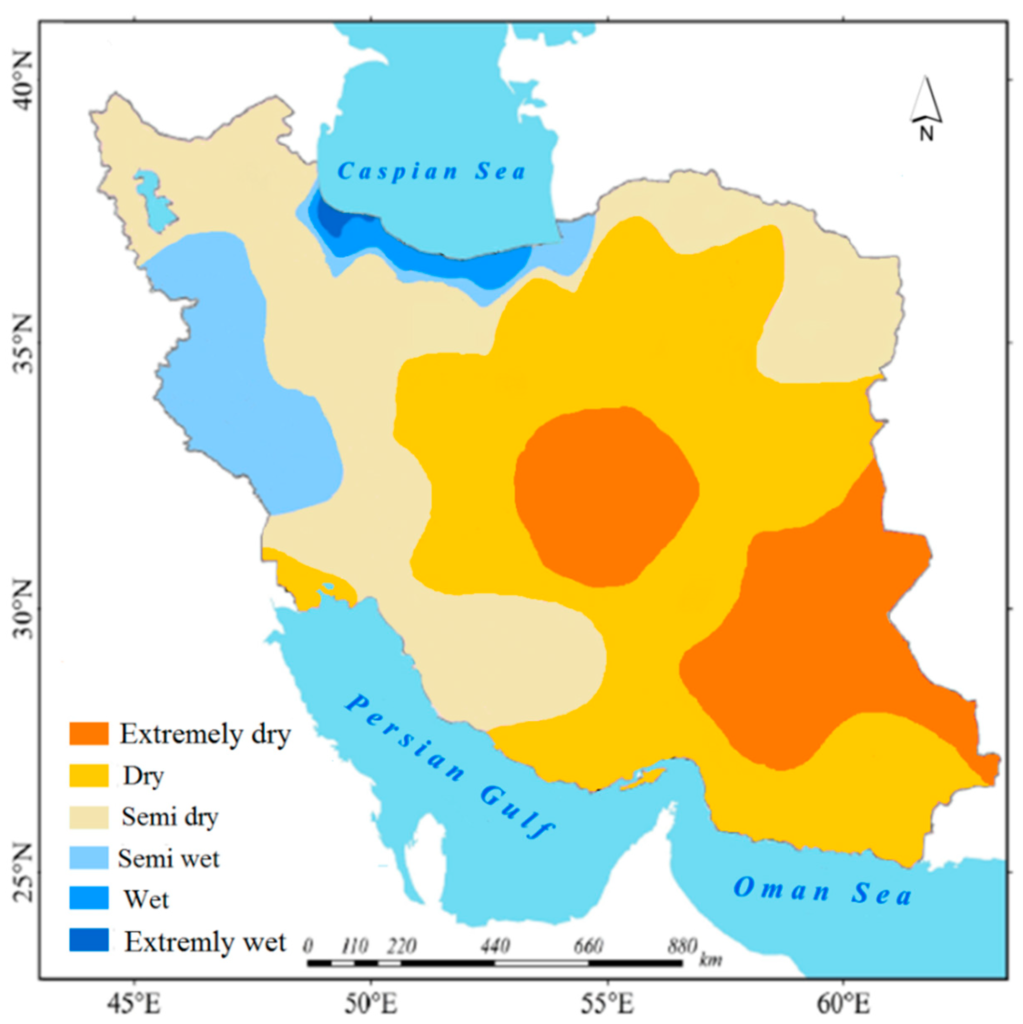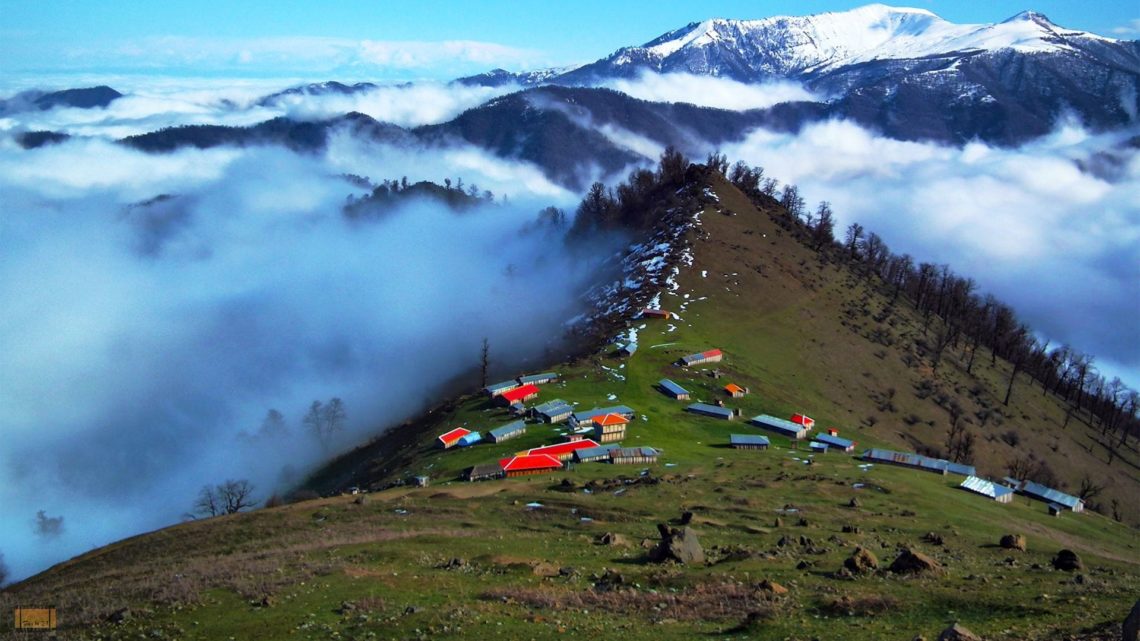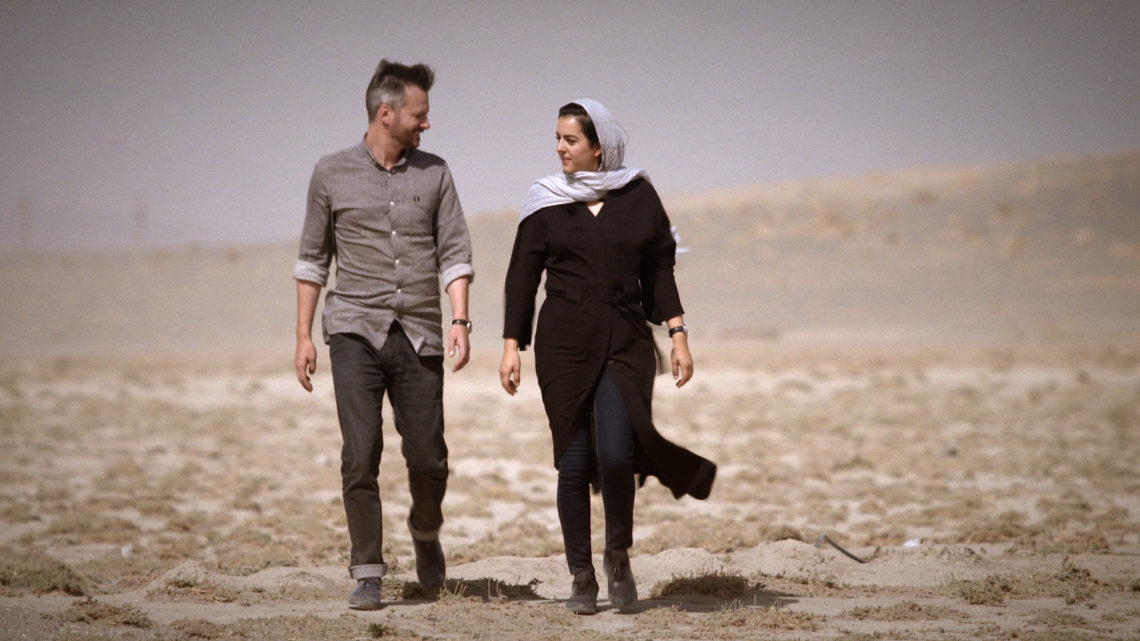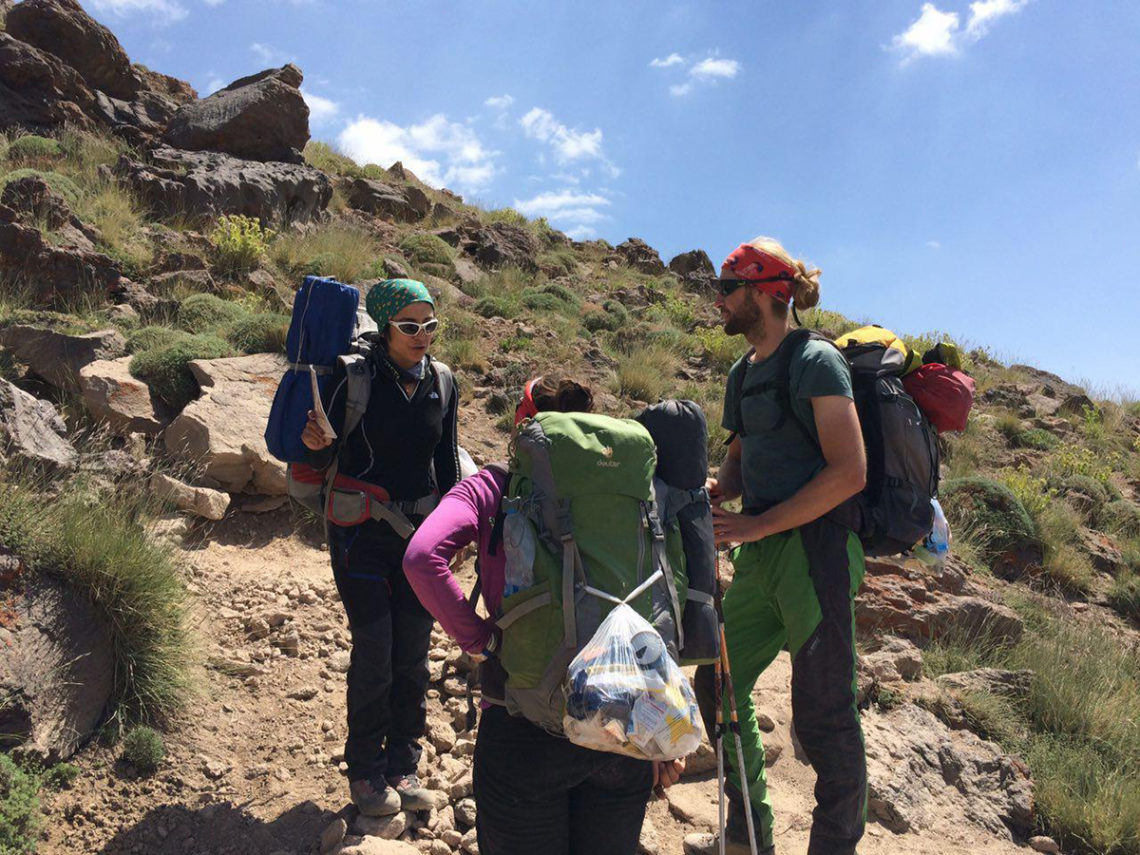Although summer is like hell in the most Middle-Eastern countries, Iran’s summer doesn’t have that much of a punch and is considered by many tourists one of the best destinations in the hottest days of the year, except for one or two spots. Don’t get me wrong, Iran’s summer is ruthless but, compared to Arabic countries In the area, it feels like spring.
Iran’s summer heat peaks from June and usually lasts till September. If you’re planning on traveling to Iran in summer, stay clear of the central deserts of Kavire-loot and Dashte-kavir and the drylands near the Persian Gulf, because in these areas the heat’s on! Cities like Yazd, Kashan, Isfahan, Zahedan, and almost any close to the coast of the Persian Gulf are the ones you should approach carefully in the summertime. For the rest of the year, however, the weather in these parts are so fine that turn these cities into heavens with a pleasant warmth.
So, let’s say you have no other choice than to travel to Iran during its hottest times. What things you should know? Is it really that bad or does it still have some positive points to it?
Iran’s climate zones; slices of the same pizza but with different flavors

Iran weather map
First off, if we want to talk about traveling to Iran in summer we should first go into the climatic zone details. As mentioned above, stay clear of the central deserts and the southern line hugging the Persian Gulf. That means provinces like Isfahan, Yazd, Fars, southern parts of Khuzestan, and Sistan Balouchestan are less-suitable sites for you to visit. On the other hand, north of Iran which is called “Shomal” and the western/northwestern provinces of Kurdistan, Azerbaijan, Zanjan, Kermanshah, and the northern part of Khouzestan turn into the most desirable spots for any wanderer to check out during the summer. Jungle and nature tours rise to popularity in the summer and natural resorts like Alimestan in the Mazandaran Province or Masal in Gilan become mainstreams. In the northwest, the cultural landscapes of Uramanat with its exceptional rural texture, architecture, lifestyle, and agricultural shines like a diamond and attracts thousands of enthusiasts, especially in the hot summer days. I can go on and on about the natural resorts but I will run out of words to describe the scarce beauty of the west part of Iran. Also check out: 7 days in Iran

A beautiful village in Iran
Dress code; men are lucky, women are not so much!

Dress code in Iran
If there’s one thing that makes dealing with the hot weather harder, is having to wear more clothes in a hot atmosphere. Even though things are not as they used to be 20 years ago in Iran and modern good-looking Iranian girls no longer want to cover themselves head-to-toe in a black tunic and stay updated with the international fashion trends and use them to the best of their abilities to stay fashionable yet not so much to grab the unwanted attention of a conservative Islamic government but still being forced to wear a tunic over their clothing, called the Manto (long tunics over their clothes), isn’t something that any woman would want to in summer. If you’re traveling to Iran in summer and you have it in your schedule to pay a visit to the major cities, you will definitely come across these modern ladies and they will tell you that men are having a better time, since T-shirts and short-sleeved shirts, in general, are widely accepted and frankly, nobody takes a second look at a man with funky clothes. for more information about the dress code in Iran, check out this article: dress code in Iran
Women, on the other hand, are not experiencing such a cool, relaxed reaction from society. While in larger cities like Tehran, Shiraz, or even Isfahan women tend to wear the Manto differently and more openly than let’s say 90’s, in some smaller towns traditional black Chadors (long fabrics covering head to toe) is the ideal dress code for women. Now, add in the high temperature of Iran summer and you might get an idea of how tough is for girls to go out in summer, even if they’re living in western-like cities such as Tehran. Also check out: Is Iran safe?

Iranian girls
The good news is that the society and the government are more lenient towards female tourists and how they mix the “Hijab” into their wardrobe, obviously because they aren’t from around and have no idea how the dress code works. If you’re a female tourist planning on traveling to Iran in summer, terrified of facing the heat of 30°c and probably higher wearing the Hijab, you can play around your unfamiliarity of the dress code and wear thin long-sleeved shirts or even very big baggy T-shirts that cover your hips, entire arms, the lower body till the point of your ankle, and you’re off the hook. The Chador is not mandatory for ladies except inside the mosques or other holy shrines and cities such as Qom that is the most religious center in Iran. Sandals for feet wear are also acceptable in most of the major cities so, during the hot days of Iran summer, they can maintain some kind of natural air-conditioning and keep the body cool. For men tourists, just remember not to wear shorts in the streets and you’ll be fine. As the title says, men are lucky in Iran, women not so much, clothing-wise.
Also check out: Solo female traveler in Iran
Don’t get pinned in the traffic; That will melt your head

Traffic in Tehran, Iran
Ok, this might sound crazy to you but heavy traffic in Iranian streets can be a real deal-breaker in traveling to Iran in summer. If you’re planning the perfect tour route through the country for yourself, chances are you’re going to sleep a night or two in the major cities, like Tehran or Shiraz. No matter the season, traffic in these types of cities, like other big metropolitan areas such as New York, are nerve-breaking and probably at the top of your list of savage things you encountered in Iran.
Also check out: Backpacker’s guide to Iran
Although summertime has the same meaning to it for Iranian scholars as it does to other young people in western countries, still that doesn’t necessarily mean that the traffic volume is going to cut down. Also, one-of-a-kind driving etiquette and not enough streets or parking spaces leads to major cities being a total nightmare for drivers and tourists’ big surprise. Try not to get stuck in traffic in Iran cause you will be late for everything. Use your Google map or Uber-like taxi services in Iran, called Snapp or Tap30 which you can download via Google Play, to find the fastest in city routes to your destination so you can keep your head melting from the heat.
Also check out: Useful travel apps in Iran
Summer is the best time for mountain climbing/hiking
Iran has many stunning mountainous sides and peaks. For example, the Alborz mountains stretch from the northeast to the north and continue their path to the east creating some magnificent views and climbing/hiking routes and footpaths near provinces such as Tehran, Mazandaran, Azerbaijan, and many others. Mountainous sites and towns offer visitors the coolest summer weather they all come for and some rocky routes for them to reach the summit of a mountain. So, if you’re traveling to Iran in summer and are looking to cool off or mountain climbing/hiking at the same time, natural rocky spots like Damavand (near Tehran) or Sabalan (Ardabil province) are absolutely worth your time. Also check out: What to do in Tehran for free

Mountain climbers in Iran
Get Everything Cheaper
Overall, Iran is very cheap tourism destination but not because of the bad quality of hotels or tourist services or things like that. In short, bad political relations with the west, over the past 20 years, has lead to a bad economic situation and ruined national currency value compared to the big apples such as Dollar or Euro. On the bright side, tourists, especially the westerners, are going to have the time of their life in Iran, budget-wise. Makes sure of traveling to Iran in summer because this way you win the lottery and hit the jackpot on the same night. Also check out: Cheap hostels in Iran
- At the beginning of summer in Iran, the total number of domestic and foreign tourist drops down, drastically. That’s why you should plan your traveling to Iran in the summer. You can find the best offers on tour planning, Iran hotels prices go down, transportation costs a whole much less, and everything, in general, is cheaper.
- And, of course, there are fewer sightseers everywhere. If you’re the type that likes it quite and roomy, summer is the best time to pack your bags and come to Iran. Finding on-spot transportation is as easy as biting a cake and because of lack of customers, you can haggle for fewer fees. Summer in Iran is the golden time for the lone wolves.
